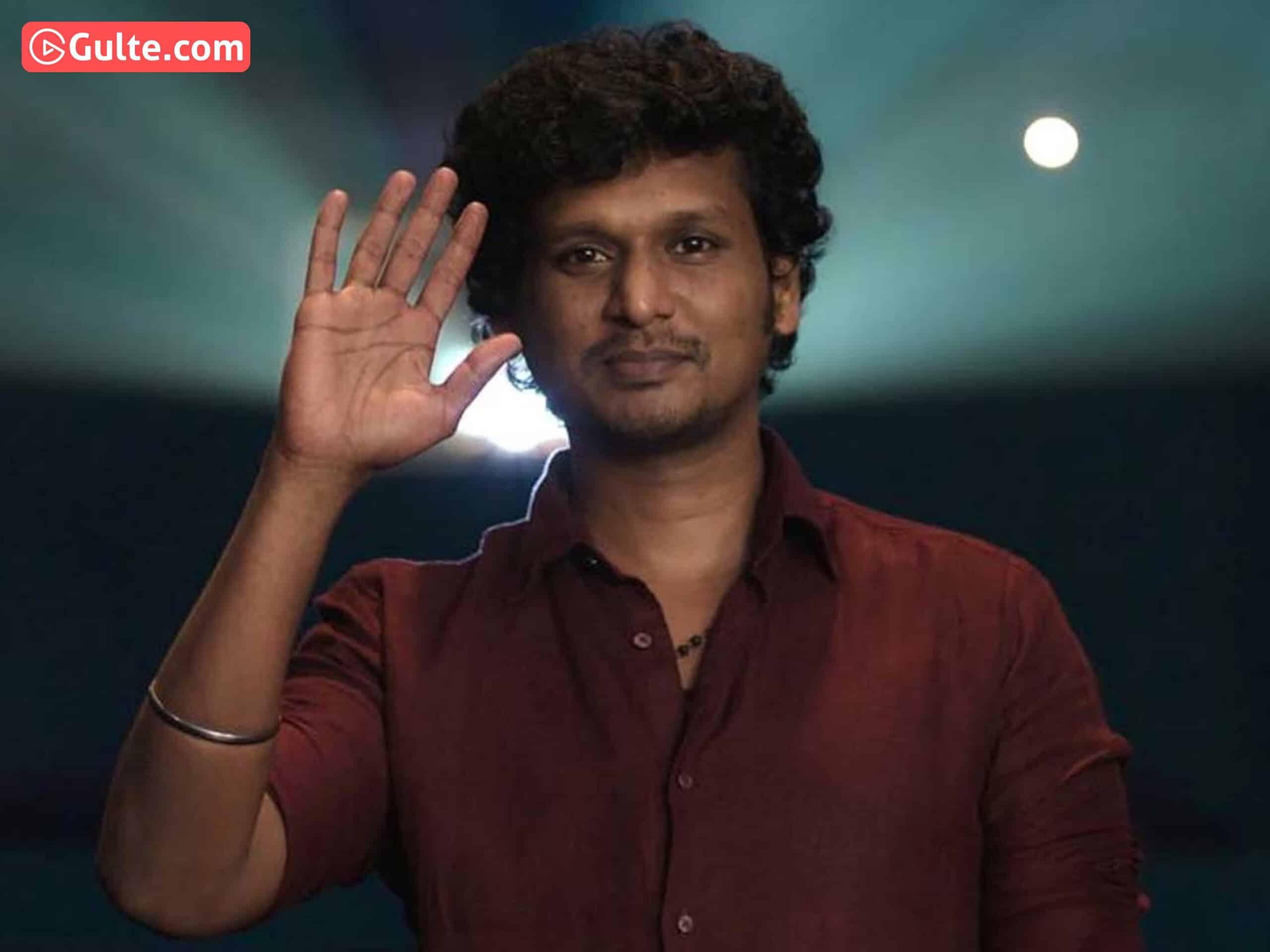The economics of filmmaking have gotten tricky. A decade ago, even an average performer at the box office could walk away with a profit. Now, that margin is shrinking. A film can be called a “super hit” in the media but still bleed money for its producers because the shoot ran too long or the budget got away from them.
That’s why Lokesh Kanagaraj’s approach stands out.
Here’s a guy who was working in a bank before stepping into cinema. Since then, he’s built a career on smart planning and tight execution. His latest project, Coolie, is a monster of a film on paper with Rajinikanth, Nagarjuna, Aamir Khan, Upendra, all in one cast. Projects with that kind of lineup usually sprawl. Yet Lokesh wrapped the shoot in 140 days.
Nagarjuna even mentioned that Lokesh saved Sun Pictures five crores from the budget. That’s not common praise from a star. Most producers quietly budget for a 10–30% overshoot, knowing schedules slip. Lokesh finishing early and under budget, changes that conversation.
And Coolie isn’t a one-off. His track record is consistent:
Maanagaram – 45 daysKaithi – 62 nights (entirely shot after dark)Master – 129 daysVikram – 110 daysLeo – 125 daysCoolie – 140 days
For comparison, a few medium-budget Telugu films these days take 150–180 days to shoot. Lokesh manages less time, more scale and still keeps the technical side sharp. His films look and sound polished, not rushed.
The bigger question is what this means for other filmmakers. Can they work faster without losing quality? Should they? In an industry where only a fraction of films turn a real profit, trimming the fat might be the only way to survive.
Lokesh’s efficiency might come from his outsider start, no industry baggage, no “this is how it’s always done” mindset. Whatever the reason, it’s working. And if Coolie delivers at the box office, it’ll only underline that speed and scale don’t have to be enemies.
Not every director can or should copy his method. Some films need the extra time. Budgets are ballooning, schedules keep stretching, and the excuses sound the same every year. Lokesh proves you can run a tight set without killing the magic and maybe that’s the lesson the industry needs most right now.
Related

